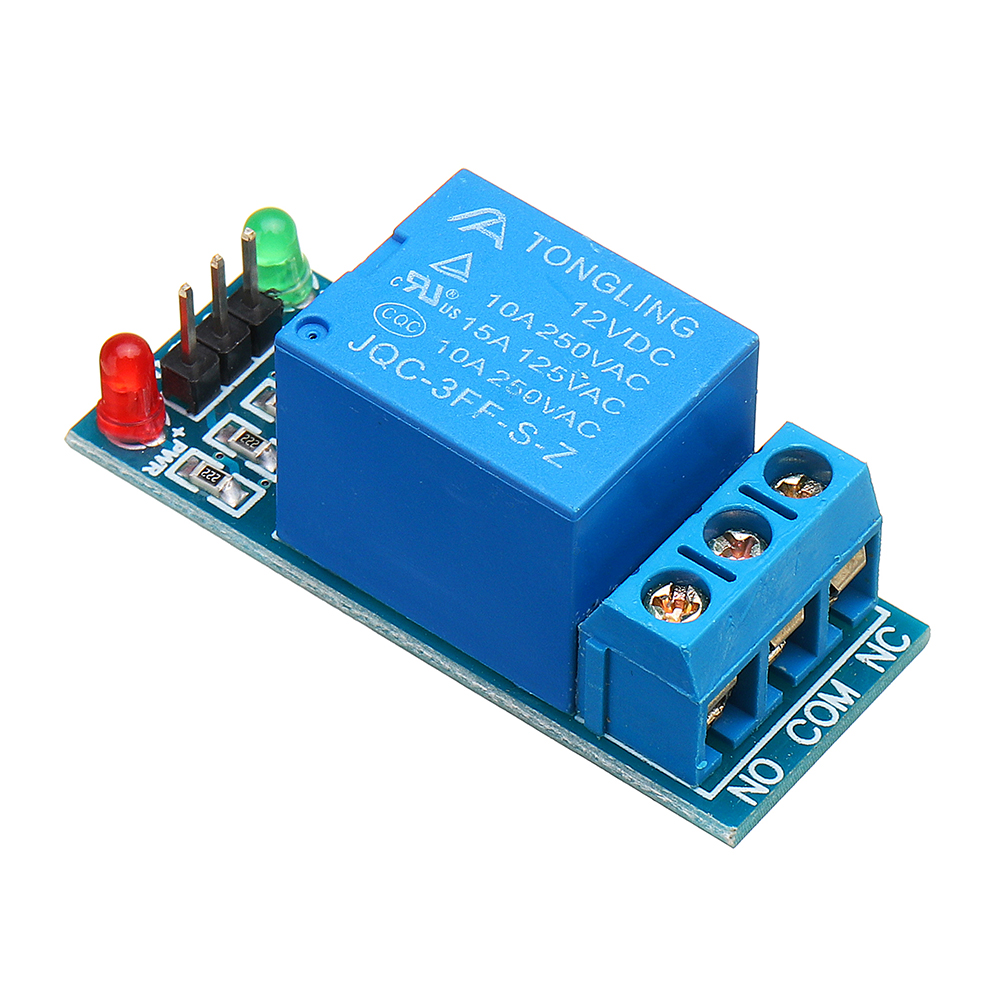
When working with relays in electronic circuits, one important detail often overlooked is the need to protect other components from voltage spikes generated when the relay coil is turned off. This phenomenon occurs because a relay coil is essentially an inductor, and inductors resist changes in current. When current flowing through the coil is suddenly interrupted—such as when the switching transistor or driver circuit stops supplying power—the magnetic field around the coil collapses rapidly. This collapse induces a high voltage spike in the opposite direction, which can reach hundreds of volts. Without protection, this spike can damage sensitive components like transistors, microcontrollers, or integrated circuits connected to the relay control circuit.
The standard approach to mitigating relay-induced voltage spikes is known as coil suppression.
The simplest and most reliable protection strategy is connecting a diode between the coil’s two terminals.
Positioned so that the cathode attaches to the supply voltage terminal and the anode to ground.
This diode is called a flyback diode, freewheeling diode, or clamp diode.
During normal operation, the diode is non-conductive and leaves the circuit unaffected.
Upon de-energization, the induced polarity switches and activates the diode.
Allowing the stored energy to circulate through the coil and diode in a safe loop.
This slow dissipation of energy prevents the voltage spike from reaching harmful levels.
The flyback diode must be chosen carefully.
The diode’s forward current rating should equal or exceed the coil’s nominal current.
The PIV rating should be at least 1.5x the supply voltage for safety margin.
A common choice is the 1N4007 diode for low to medium current relays.
In fast-switching circuits, a Schottky or signal diode like the 1N4148 minimizes turn-off delay.
In some cases, especially where faster deactivation is needed, a resistor can be placed in series with the diode to allow faster decay of the current.
Though this increases the voltage spike slightly and must be balanced with component ratings.
Alternative suppression techniques include MOVs or RC snubber circuits.
In timing-sensitive systems, diode slow decay can be a limitation.
Such as in circuits requiring fast relay release times.
However, for most general purpose applications, the simple and inexpensive flyback diode remains the preferred solution due to its reliability and انواع رله effectiveness.
In summary, adding a flyback diode across a relay coil is a simple but essential practice.
It protects your circuit from destructive voltage spikes, extends component life, and improves overall system reliability.
Any semiconductor switch controlling a relay coil must have flyback protection.
A trivial cost for vastly improved circuit resilience.

